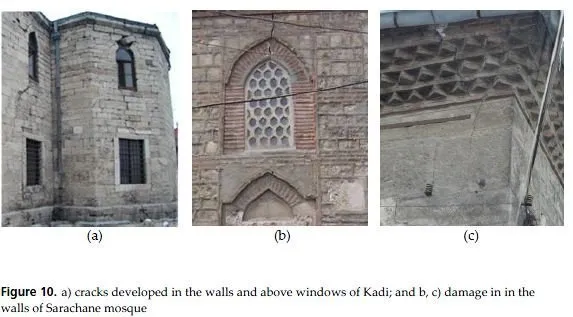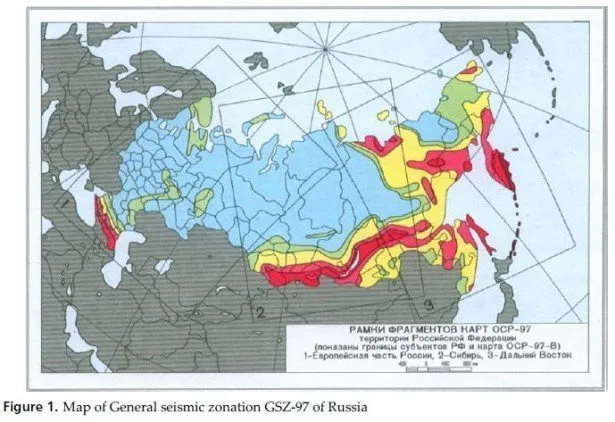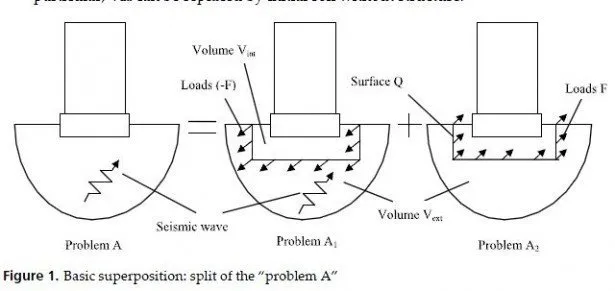Among the historical mosques surveyed, Düzce Merkez, 600-year-old Imaret, 500-year-old Kadi, 300-year-old Sarachane, and 200-year-old Yildirim Bayezid mosques observed to suffer significant structural damage after the 1999 earthquakes (Dognagun and Sezen, 2012).
The Yıldırım Bayezid mosque was originally built in 1382 and was burned down in the 19th century. A new structure was constructed after the fire, and it was severely damaged during a 7.3 magnitude earthquake in 1944. The mosque was damaged during the 1999 earthquakes and was closed for a period of time. On the south side of the mosque, portion of the walls above and below the windows were subjected to larger shear stresses (compared to solid wall sections) during the strong ground shaking. Higher shear demand in those parts of the relatively thick walls created serious cracks and openings between the stone blocks (Figure 9). As shown in Figure 9 (middle photo), portion of the walls above and below the windows act, in a sense, like short columns during the earthquake. Larger shear demand in those parts of the relatively thick walls created wide cracks between the stones.


Another historical mosque, Kadi (Figures 8b and 10a) sustained substantial damage including large cracks around historical entrance door, severe cracks and stone dislocations in the 1.5 m wide unreinforced stone masonry perimeter walls. Damage was mostly concentrated below or above the windows. The missing two key keystones and dislocated stones on top of the upper window are visible in Figure 10a. The reduced wall area along the vertical section through the windows was stressed more, causing considerable damage in those wall areas. The stone masonry minaret collapsed right above its base because the minaret base was integral with minaret walls (Figure 8b) and was quite stiff compared to the cylindrical minaret body.
The Imaret mosque, one of the oldest structures in the region, and its minaret were built using stones and small solid bricks bounded by a thick layer of mortar. The mortar between the bricks is typically as thick as the bricks. Old brick masonry minaret collapsed and Imaret mosque was closed after the 1999 earthquakes due to cracks in the walls (Sezen et al. 2003).
The 1999 earthquakes caused very limited damage to the 300-year-old Sarachane mosque and there was no visible damage to its minaret. Some large cracks were observed in the walls at locations similar to those observed in other mosques discussed in this paper. Figure 10b and 10c show examples of couple such cracks; one immediately above a window and another in a corner near the roof.




